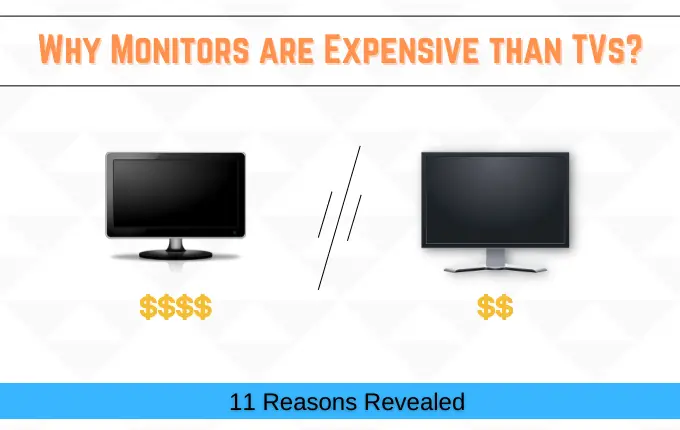In computer hardware, the graphics processing unit (GPU) is an essential component. There is a debate specifically in terms of its cooling mechanism. The cooling of GPU from fans everyone knows.
But today, we will learn another type of technique known as passive cooling of GPU. But what exactly is a passive cooling mechanism?
This question may arise in your mind what are the benefits of the passive cooling mechanism which can help us; so let’s try to understand what is passive cooling in GPU and, how it affects performance, and its cons and pros.
What is a passive cooling graphic cards?
A Passive graphic card refers to a type of card that relies on the passive technique of dissipating heat. Unlike other active cooling parts, passive graphics cards do not use any fan or other device for cooling.
Instead, they are built of heatsinks, generally made from metals with high thermal conductivity, such as aluminum and copper, which absorb and eventually dissipate the heat into the surrounding air.
Since there is an absence of other mechanical parts like fans, these cards are quieter and less noisy, but this also poses some challenges in terms of cooling and performance of the computer. So Let’s understand them.
Pros of passive cooling

Reduced noises
One of the major advantages of passive graphics cards is their quiet operation. Unlike other graphics cards with fans or pumps that make them a little noisy, passive graphics cards removes heat without a fan using heatsink – no chance of even minute sound. This is particularly beneficial for people who want a noise-free setup.
Reduced dust accumulation
In the passive cooling GPU, there are fewer openings for dust to come inside, as there is no fan. As a result, not only does it requires less maintenance, but it also extends the lifespan of the graphic card.
Lower cost
Another important benefit of passive cooling is its affordability. These aspects come from its simpler design that doesn’t involve any cooling mechanism like fans or a water pump for cooling.
Instead, they rely on natural thermal dynamics for cooling, which eliminates the need for additional power to operate the fan. Hence, high-quality passive cooling solutions can be manufactured over active cooling cards.
Will save power
Passive graphics cards are known for their energy-saving efficiency. Passive graphics cards use the technique of natural thermal dynamics to dissipate the heat to cool down the GPU. This technique ends the need for fans which consumes additional power.
So it results in having no difference between dedicated and integrated GPU in the terms of power consumption.
Low-profile design
Passive graphics cards include reliability and simplicity with a low-profile design, too. The absence of other moving components like fans contributes to reliability by reducing the chance of component failure and also simplifies the card’s design.

This indicates that these passive cards with low-profile designs are easily installable in the computer case.
Cons of passive cooling
Not enough for high performance
Passive cooling graphic cards have their advantages, but also they come with some drawbacks related to their performance. These cards are not well designed to handle graphics, video editing, and high-performance gaming workloads.
All these tasks lead to overheating of a card, which affects the performance of graphic card cooling.
High temperature risks
The passive graphics card is not much efficient in terms of temperature management as an active cooling system. It is passive graphic cards that are not enough to handle high-performance tasks. This may cause the risk of high temperature and potential damage to the GPU.
Cooling process is low
The cooling procedure of the passive is slower than the active cooling system. The passive cards entirely depend on the natural flow of the heat dissipation technique, which can lead to a higher risk of temperature for a GPU. This low-cooling process also leads to affect the performance of graphic cards.

Less overclocking potential
In a passive cooling system, there is a limitation on the ability to overclock or GPU target limit (overclocking in context refers to pushing the graphic card clock speed beside their default setting to achieve high performance).
This setting leads to more heat generated, which affects the heat dissipation of passive cooling and leads to damage.
- Read Also: Is It Possible Run Laptop or Desktop without Graphic Card?
- Related: 10+ Pros and Cons of Overclocking Computer Explained.
Conclusion
In the Final word, it is important to look for an effective cooling system which gives a variety of advantages. But all type of cooling systems comes with benefits and some drawbacks.
To choose the best option you have to go with what kind of requirements you have and take measures too. I hope the information in this article will help you choose which cooling system fulfills your requirements.




